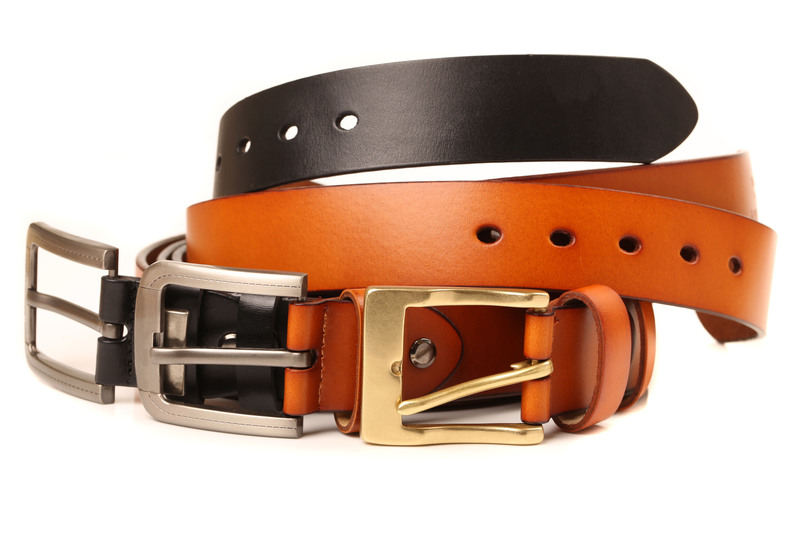Safe Harmonies: Abandon DIY Piano Moving Adventure
Posted on 27/05/2025
Safe Harmonies: Abandon DIY Piano Moving Adventure
Pianos are more than just musical instruments--they're treasured investments, family heirlooms, and cherished focal points of many homes. But when it comes to relocating these grand masterpieces, the risks and stakes are higher than most realize. If you're considering a do-it-yourself (DIY) approach to moving your piano, this article will reveal why abandoning the DIY piano moving adventure is the smartest choice for your instrument, your safety, and your peace of mind.

Why DIY Piano Moving is a Risky Adventure
Moving a piano is not like moving a couch or a dresser. Whether it's a sleek upright or a lavish grand piano, the challenges involved are unique--and often underestimated. Here's why thinking twice before a DIY piano moving adventure could save you money, heartache, and physical harm:
- Pianos are extremely heavy and awkwardly shaped. Even a small upright can weigh over 300 pounds, while grand pianos can exceed 1,000 pounds!
- The inner workings of a piano are delicate. With over 10,000 moving parts, one slip can cause significant, sometimes irreparable, internal damage.
- Injury risk is high. Strained backs, smashed fingers, broken toes, and structural home damage are all too common, even with careful planning.
- The right equipment is essential. Professional movers use specialized dollies, straps, padding, and boards designed specifically for pianos.
The Hidden Dangers of DIY Piano Moves
Attempting a piano move without proper training, experience, or equipment can result in:
- Expensive repairs - One dropped piano can cost more to fix than professional moving fees.
- Permanent damage to floors, walls, and stairs - These accidents occur frequently during amateur moves.
- Serious personal injuries - Hospital bills and longterm injuries often far outweigh the savings of doing it yourself.
- Loss of sentimental value - Some pianos are irreplaceable legacies, making even minor damage emotionally devastating.
Why Pianos Require Specialized Moving Expertise
Piano moving is a precision task that demands both muscle and mastery. Professional piano movers combine technical knowledge, specialty equipment, and years of experience to ensure every instrument's safety. Let's dig deeper into what sets them apart from even the most determined DIY movers.
The Anatomy and Fragility of Pianos
Every piano--regardless of size or brand--possesses complex components and fragile finishes:
- The iron frame and wooden case keep the instrument's immense tension and weight under control--if these bend or crack, the piano may be ruined.
- Soundboards and strings are tuned under high pressure and can warp, snap, or dislodge with any sharp movement or vibration.
- Legs, pedals, and lids can break or detach easily. Mishandling these parts leads to costly repairs and impairs playability.
Professional teams know every nut, bolt, and nuance:
- Disassembling and reassembling pianos without damage to crucial parts
- Wrapping and padding delicately to avoid scratches or dings on the fine woodwork
- Managing tight staircases, narrow corners, and awkward doorways safely and efficiently
- Using ramps, dollies, and lifts suited for a piano's weight and structure
Insurance and Assurance: Peace of Mind with Professionals
When you hire expert piano movers, your instrument--and your property--are protected by comprehensive insurance, something no DIY effort can match. This brings peace of mind that even in rare accidents, you're covered.
Common Myths About DIY Piano Moving
Many embark on a DIY piano moving adventure believing certain common myths. Let's debunk them:
Myth 1: "With Enough People, You Can Move Any Piano"
Truth: The challenge isn't just weight--it's balance, leverage, and knowing where to lift. Inexperienced helpers can actually increase the risk of a drop or injury, turning a well-meaning effort into a disaster.
Myth 2: "Moving a Piano with a Pickup Truck is Safe"
Truth: Without proper ramps and stabilization, even a slight movement in transit can cause the piano to tip or slide. Furniture straps and blankets are not sufficient for the awkward, top-heavy design of pianos.
Myth 3: "Money Saved is Money Earned"
Truth: The cost of repairing a damaged piano or treating a physical injury often far exceeds the savings from skipping professional movers. In the end, the supposed savings may vanish altogether.
How Professional Piano Movers Make The Difference
Abandoning the DIY piano moving adventure doesn't mean surrendering--it means entrusting your cherished instrument to professionals equipped for the task. Here's how pros ensure safe, efficient, and harmonious relocations:
1. Precise Planning and Route Mapping
- Pre-move walkthroughs enable movers to assess dimensions, staircases, tight doorways, and pathways in advance.
- Customized strategies are developed based on your home's unique layout and the piano's type.
2. Specialized Equipment
- Piano dollies, skids, and climate-controlled trucks are used--tools rarely available to the average homeowner.
- Padded moving blankets, straps, and locking systems minimize vibration and secure the piano during transit.
3. Expert Handling and Teamwork
- Trained crews know how to synchronize lifting, turning, and lowering, preventing unnecessary jolts or accidents.
- Disassembly and reassembly for grand pianos and large uprights are handled with the care of a master technician.
4. Protection and Insurance
- Full-value protection covers your piano in case of damage or loss--something a DIY move can never guarantee.
- Insurance also covers property damage to floors, doors, and walls--offering complete peace of mind.
5. Post-Move Services
- Piano tuning and minor repairs are often included or available at a discount, keeping your instrument ready to play in its new setting.
Real-Life Examples: Lessons Learned the Hard Way
"We thought we could handle the move with four strong friends and lots of muscle, but the piano slipped on the staircase and gouged our banister and tile floor. The repair bill was triple what the moving company would have charged." - The Johnson Family, Atlanta
"One misjudged turn, and the leg broke off. We lost an irreplaceable family heirloom that had been with us for generations." - Michael H., New York
These true accounts underscore the importance of hiring expert piano movers and show why it's best to abandon the DIY piano moving adventure before irreversible losses occur.
How to Choose a Professional Piano Moving Company
Ready to give your piano the safe, skilled relocation it deserves? Here's how to select the perfect mover:
- Look for piano-moving specialists--not just general movers. Ask about their training, equipment, and experience.
- Verify licensing and insurance. Ensure they carry valid insurance for both property and instrument protection.
- Check reviews and testimonials. Look for clients with similar piano types and moving conditions.
- Get a written estimate. It should detail the services, insurance coverage, and total cost (no hidden fees).
- Ask about climate control for longer moves, especially with grand pianos or antique instruments.
Your piano deserves the best. Don't cut corners when it comes to preserving its tone, beauty, and value!

The Lasting Value of Professional Piano Moving
Abandon the DIY piano moving adventure and invest in the well-being of your instrument. Consider what you gain:
- Protection of your investment - Proper handling ensures your piano's value & integrity are maintained for years to come.
- Less stress and risk - Letting professionals take over means no strained friendships, sore backs, or late-night worries.
- Preserved family memories - Every time your piano plays, its legacy continues--free from dings, scratches, or regrets.
Conclusion: Safe Harmonies Start with Smart Choices
The desire to save money or test your own strength may be strong, but when it comes to pianos, the stakes are simply too high. Choose safety, expertise, and reassurance--abandon the DIY piano moving adventure and entrust your instrument to professional hands.
Safe harmonies only happen when the risks of DIY are left behind. Protect your piano, your home, and your health by opting for skilled, experienced piano movers. That's music to everyone's ears.
Frequently Asked Questions About Piano Moving
- Can I move an upright piano myself with a few friends? - It's possible to move a small upright but highly discouraged due to weight, injury risk, and potential for damage. Professional expertise and equipment are always the safer choice.
- How much does hiring a piano mover cost? - Costs vary depending on factors such as piano type, distance moved, and complexity. On average, expect to pay between $200 and $600 for local moves--often much less than repair or medical bills after a DIY mishap!
- Will my piano go out of tune during a move? - Even with careful moving, tuning can be affected. Most professional movers recommend a post-move tuning session.
- What about long-distance piano moves? - Professional movers offer climate-controlled options and special crating to ensure long-distance safety.
Don't let your beloved piano become a DIY casualty. For truly safe harmonies, trust the experts--abandon the DIY piano moving adventure for good.





